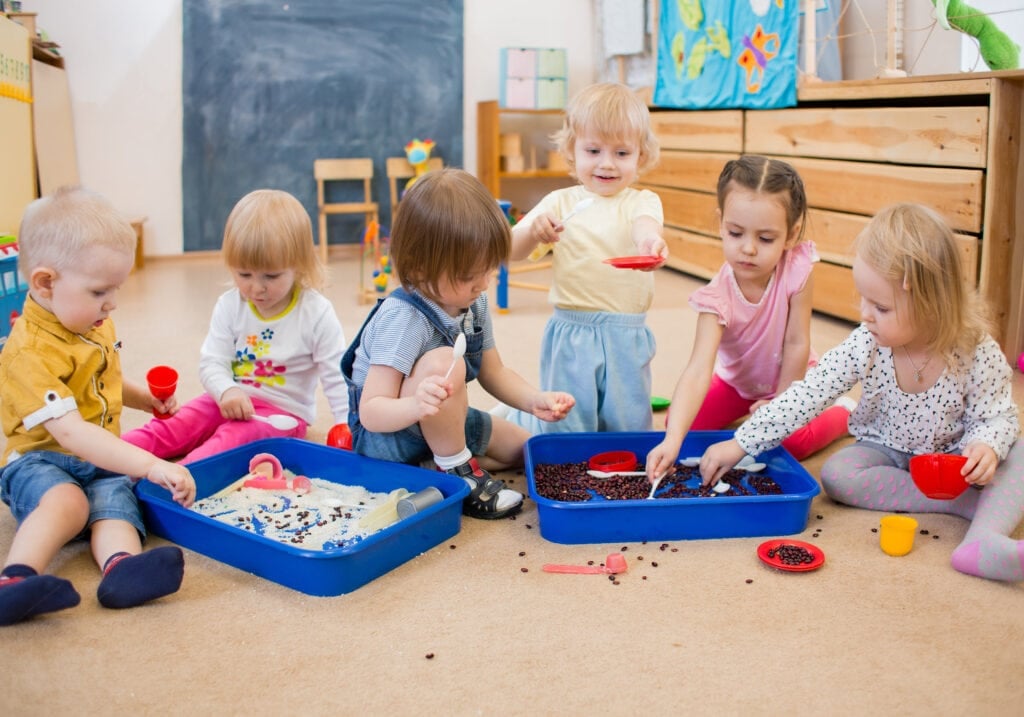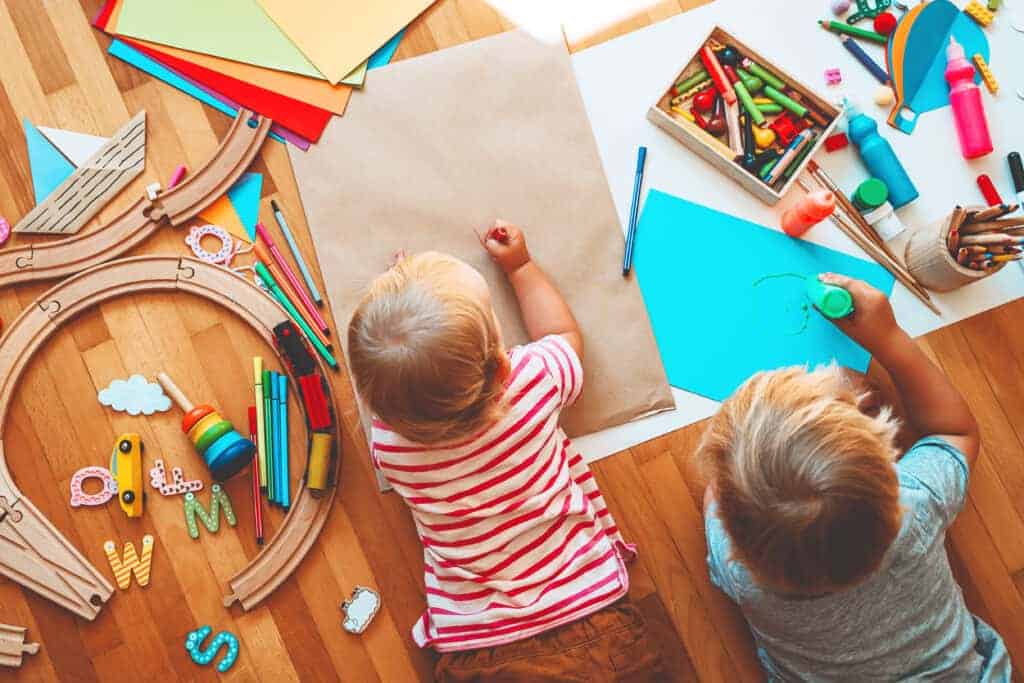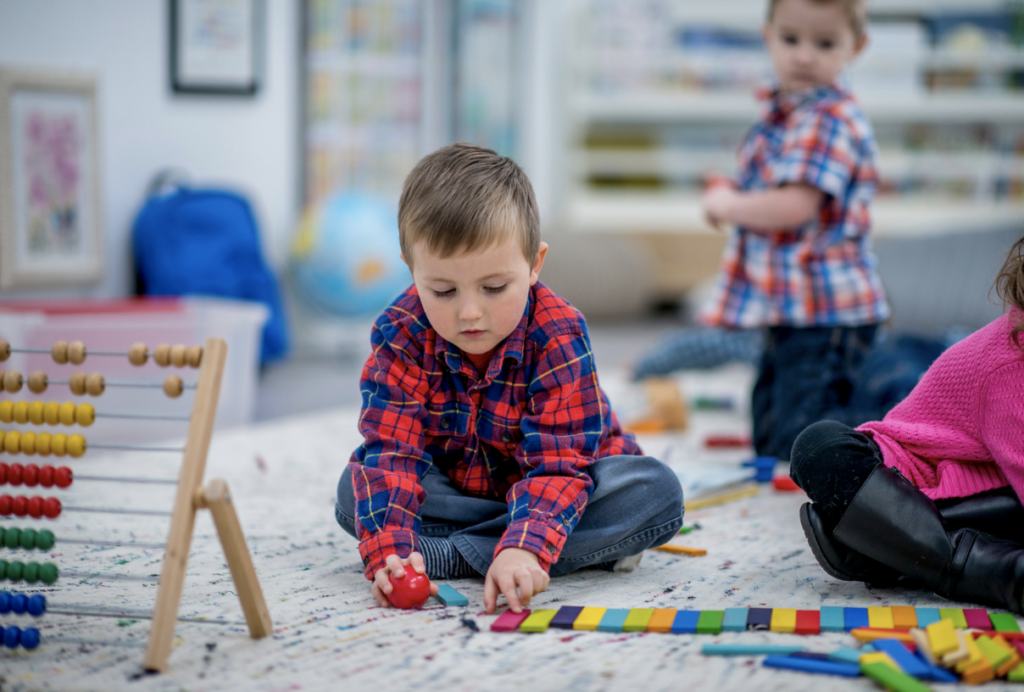Music and movement play an integral role in the
Music and movement are integrated into the daily life of the
Dr. Maria
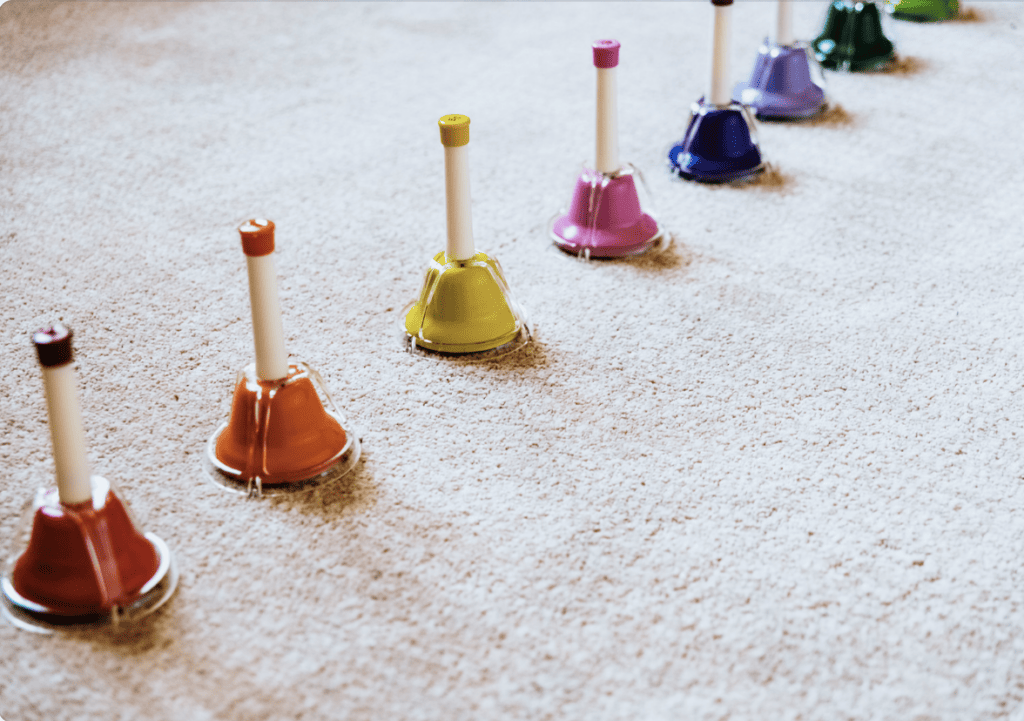
What is the Role of Music and Movement in the Montessori Classroom?
Music and movement play a role in every aspect of daily life in the
There are many benefits associated with music and movement, which Dr. Maria
Music teaches children to listen with purpose. The different notes and sequential nature that characterize music and songs help children understand sequences, which helps with their problem-solving ability.
The belief is that all children have the potential to sing in tune, play an instrument or read music when they are given the opportunity to do such things during early childhood. In a
Children in a
“There should be music in the child’s environment, just as there does exist in the child’s environment spoken speech. In the social environment the child should be considered, and music should be provided.”
–MariaMontessori
How Do You Teach Music in Montessori ?
Before we dive into how music is incorporated and taught in a
According to the
Teaching in a
The teacher introduces activities sequentially and will observe how the children interact with the materials throughout each work cycle (work means to play.) Music is treated no differently by the teacher than any other subject.
Music in a
- Observed Introduction: The teacher models the activity silently to the children. Demonstration of an exercise or task is done without verbal instructions for the children to follow. This is so that they can interpret how to perform the action or task themselves. The
Montessori method encourages children to learn their way of doing something. - Reinforcement: Reinforcement is when the teacher routinely repeats a demonstration or sings a song several times.
The role of the teacher is to introduce materials or activities and offer support throughout the child-directed engagement of the material. The teacher is there to provide encouragement and guidance. Children learn music through hands-on experimentation, performing a song or piece, listening to music, seeing the notes written down, and learning about composers and musicians.
What is Movement in Montessori ?
“It is movement that interests the child in music, and it is by movement that the very tiny child can arrive at understanding music with considerable delicacy”
– MariaMontessori
Dr.
In a Montessori classroom, children can move about the environment without asking permission. Children can walk around and choose which materials they want to work with. Children can choose where they would like to sit, whether on the floor or at a table. The children can choose who they would like to socialize with.
The activities or work students can engage in always involve movement. This is because Dr.
What are Some Montessori Music and Movement Activities?
The
Here are some materials and music and movement activities a child can engage with in a
- The
Montessori Bells: TheMontessori bells are a set of 26 bells in two groups of 13 – the control set and the work set. The bells are a fantastic material! The bells have a different octave, and each set has a different colored base. With the bells, children learn to distinguish between the different tones. This, in turn, helps children differentiate between the sounds of spoken words, known as phonetics. Activities include making sounds with the bells, pairing the bells, and playing scales with the bells. - Walking the Line: This is when children walk along a line, usually taped to the floor, to music. Walking the line teaches children balance, coordination and how to control their movements.
- Musical Instrument Identification: In this activity, children choose a musical instrument to hold to see what sound it makes. They then name the instrument.
- Dancing with Silk Scarves: This is a fun way to develop fine motor skills! The children each pick up a silk scarf and dance with it to classical music.
Why is Music Important in Montessori Education?
Maria
These principles mean that each child works in an environment prepared by the teacher to promote independence and learning through sensory engagement. Learning occurs in a calm environment designed to ensure the children of the classroom are introduced to work and materials that support development during specific sensitive periods.
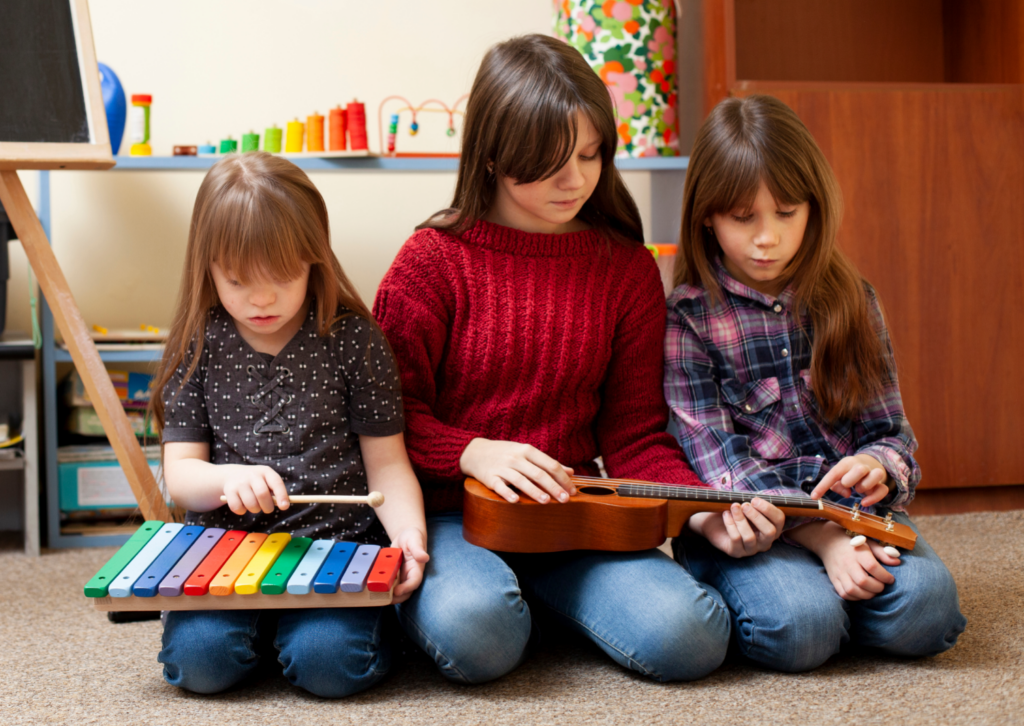
Dr. Maria
Music plays a central role in
Music helps children learn because when they play an instrument or move while listening to music, more than one sense is engaged. The sensitive periods must be used to their full potential. Children must be presented with numerous musical materials and be able to repeat the activities to promote development.
What Does Montessori Say about Music?
Dr. Maria
Dr. Montessori observed that the traditional method of education may not suit every child and, therefore, not help them reach their full potential
“We tend to think that the realm of music is the privileged area of some happy few. Experience has taught us, however, that if offered the right kind of education from a very early age onwards, anyone is capable of entering the realm of music. Not everyone has the talent to practice music at an artistic level, or create new work, but everyone can reach a stage where they can enjoy it.”
-MariaMontessori , TheMontessori Approach to Music, p. 1
Dr.
You can read more about how
Sources:
https://www.montessoriservices.com/ideas-insights/movement-enhances-learning
https://www.everystarisdifferent.com/2017/08/teaching-music-in-montessori-classroom.html
https://www.themontessorinotebook.com/montessori-and-music/



